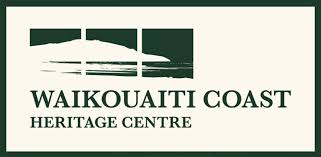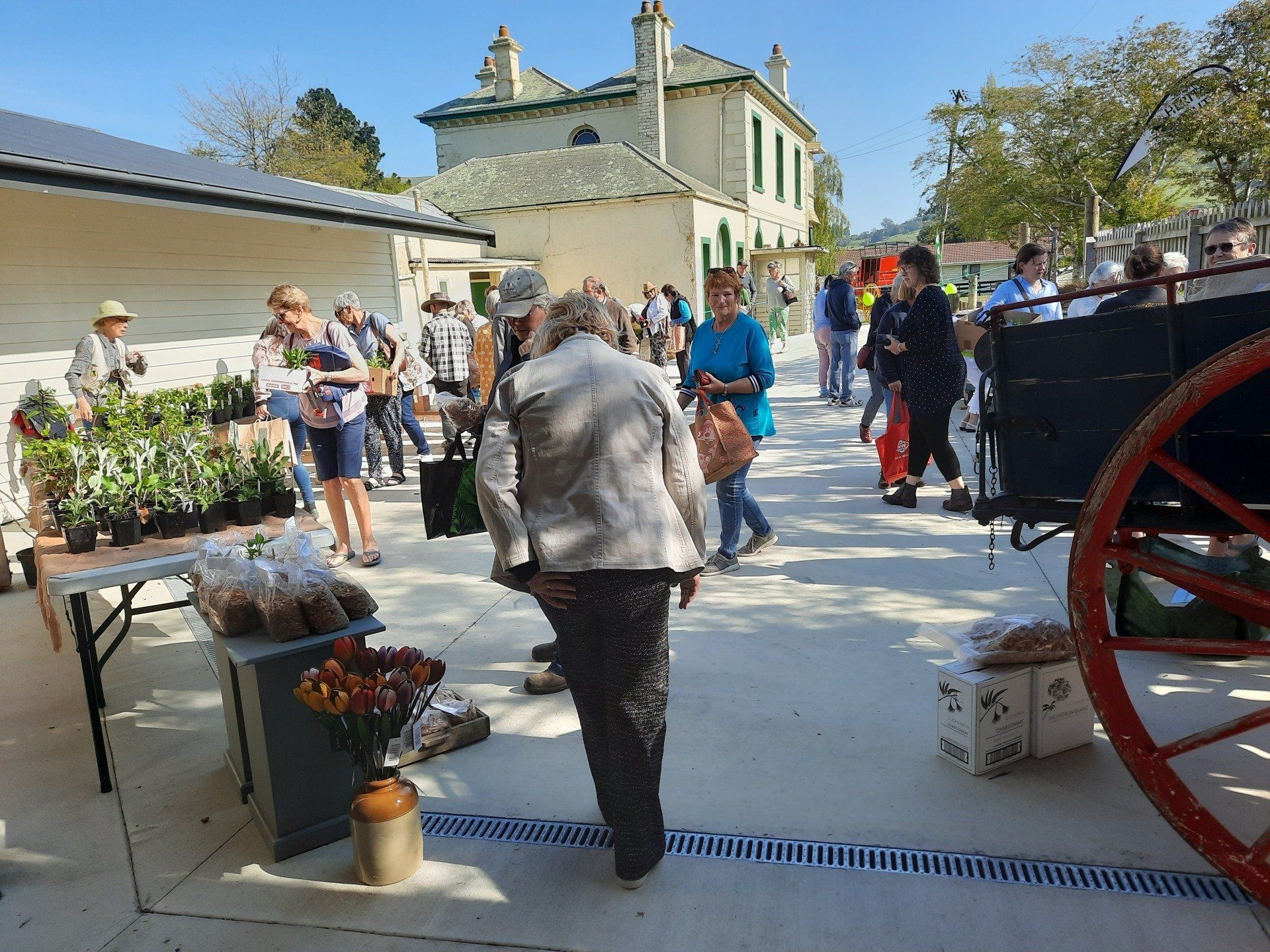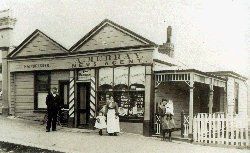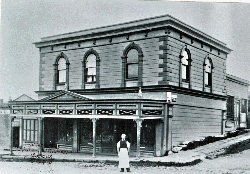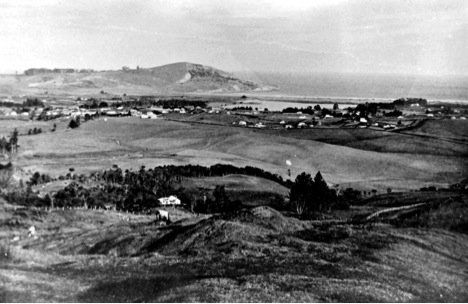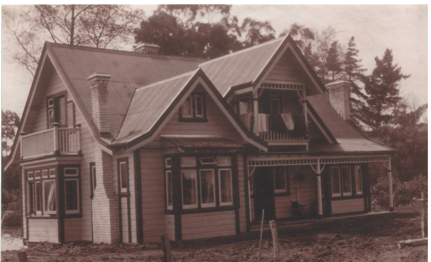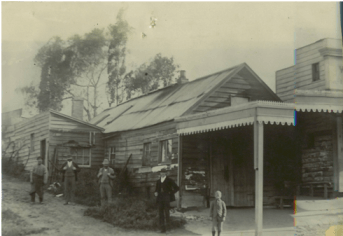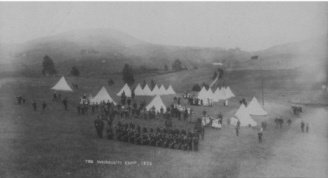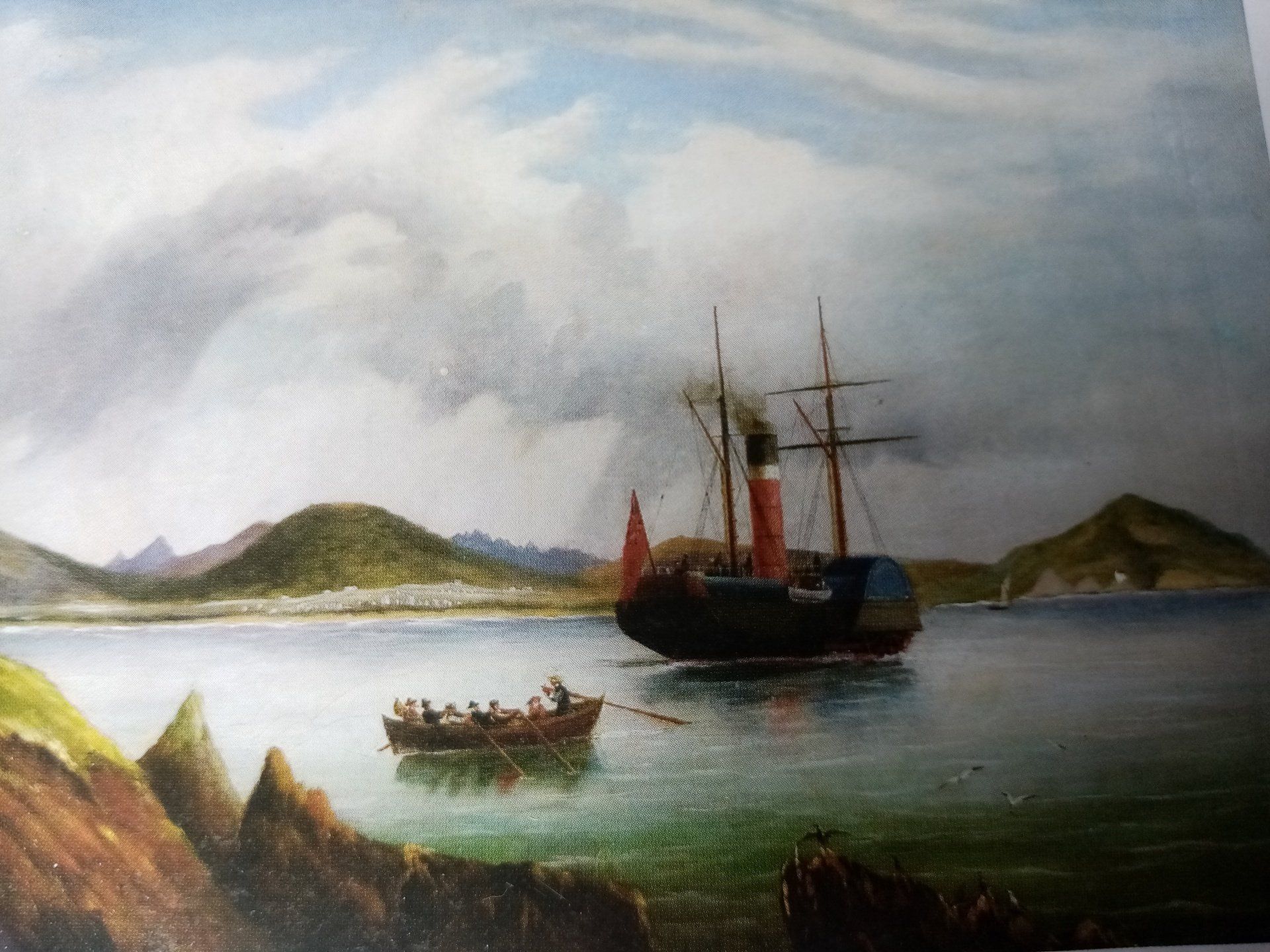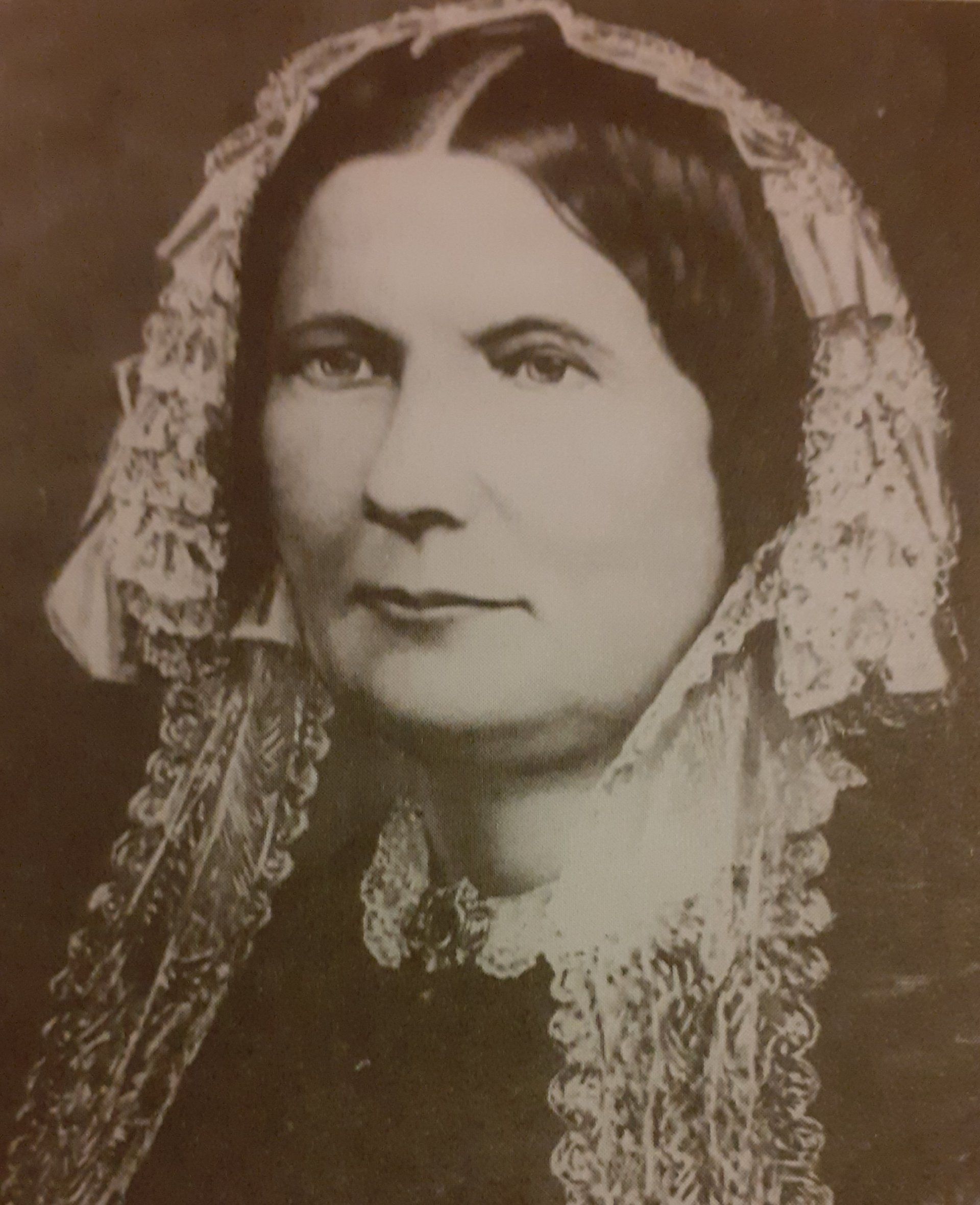Stories from the Archives
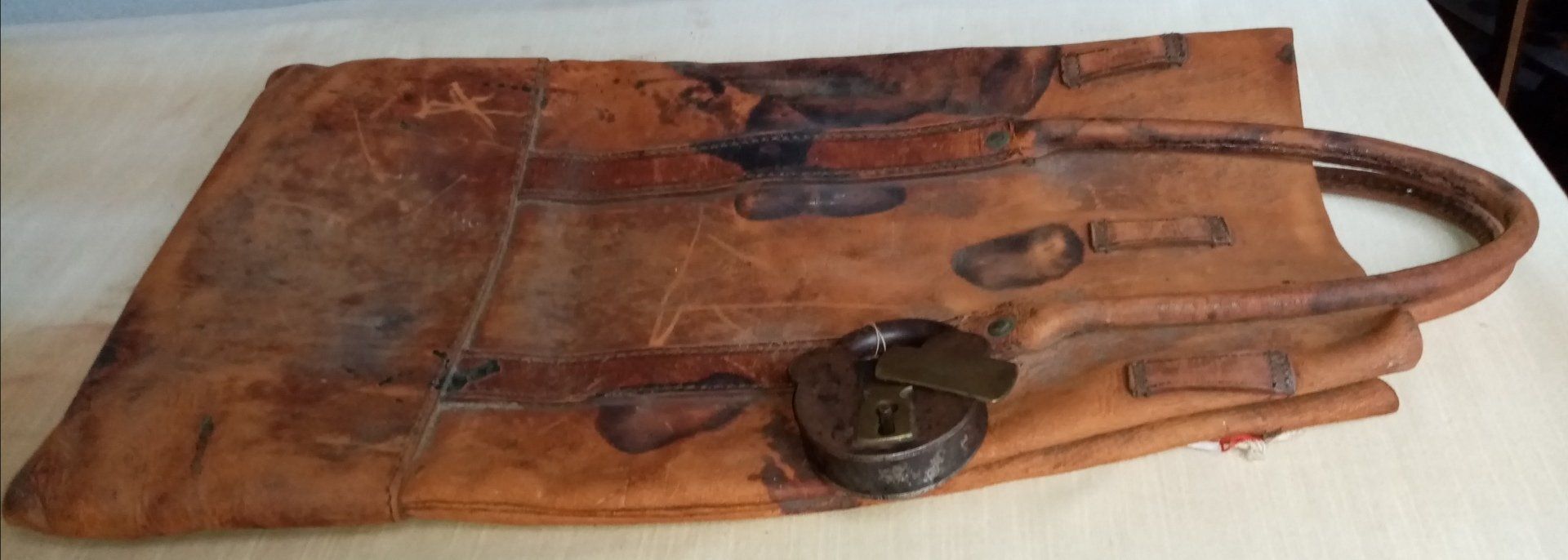
Waikouaiti has always had a close association with the Central Otago Goldrush of the 1860's which began with the discovery of the precious metal on the 25th of May 1861 by Gabriel Read. Waikouaiti witnessed thousands of hopeful prospectors make their way up Beach Street on their hazardous journey North to Tuapeka. The then very young settlement of Dunedin (founded 1848) reaped many of the benefits, for a period becoming New Zealand largest town. Many of the city's stately buildings date from this period of prosperity. New Zealand's first university, the University of Otago, was founded in 1869 with wealth derived from the goldfields. The current home to Waikouaiti's museum is a proud and significant building to its community. Built the same year as the University of Otago and designed by the prominent architect, Scottish born Robert Lawson, it began its career as a fortress BNZ Bank. With people and prosperity came the introduction of the iconic Cobb & Co Coach, which transported people and gold to and from Waikouaiti, Dunedin, the goldfields and back again. In the photo you see a coach parked outside The Golden Fleece hotel, across the road from the bank. A replica coach (built here in Waikouaiti) is installed a stones throw from the present day Golden Fleece and outside the old BNZ bank building. One of the Heritage Centre’s treasures, currently on display, is a large thick hide gold carry bag used by Waikouaiti's BNZ bank, along with a heavy lock from a strong box used to transport the gold bag on the coach to the bank.
